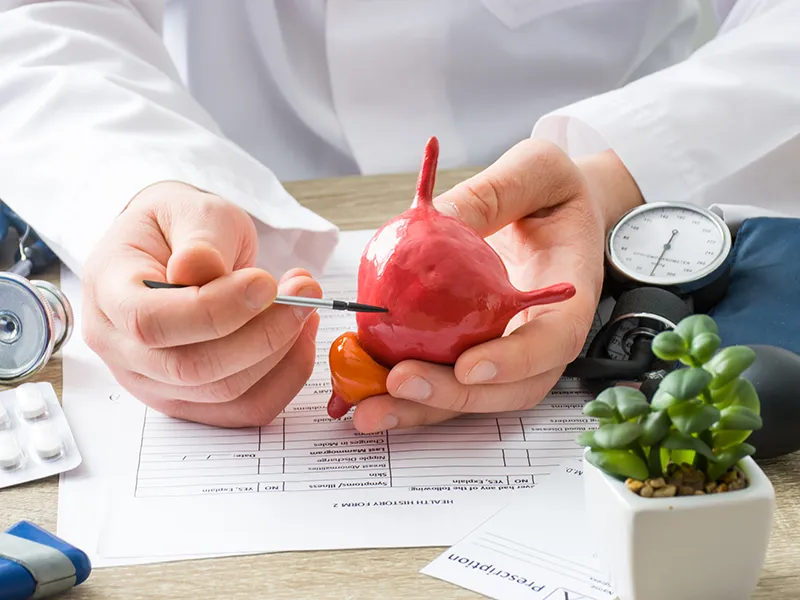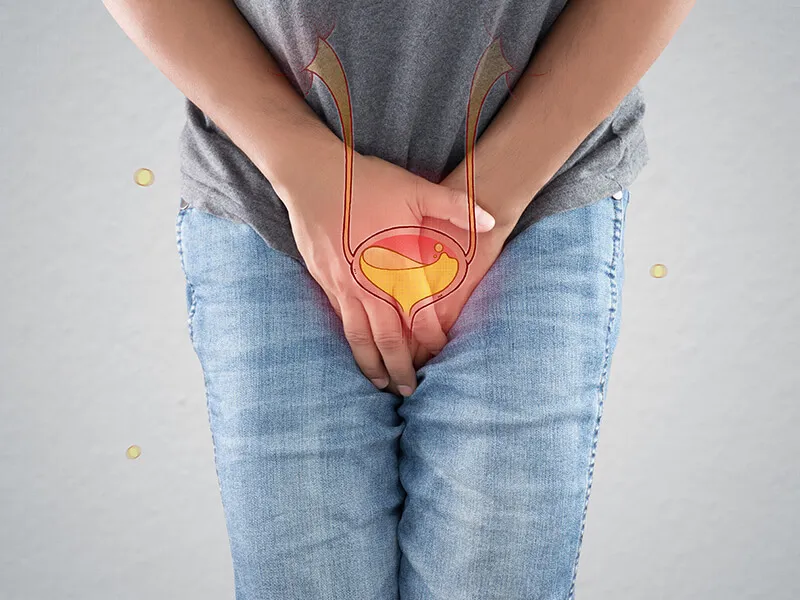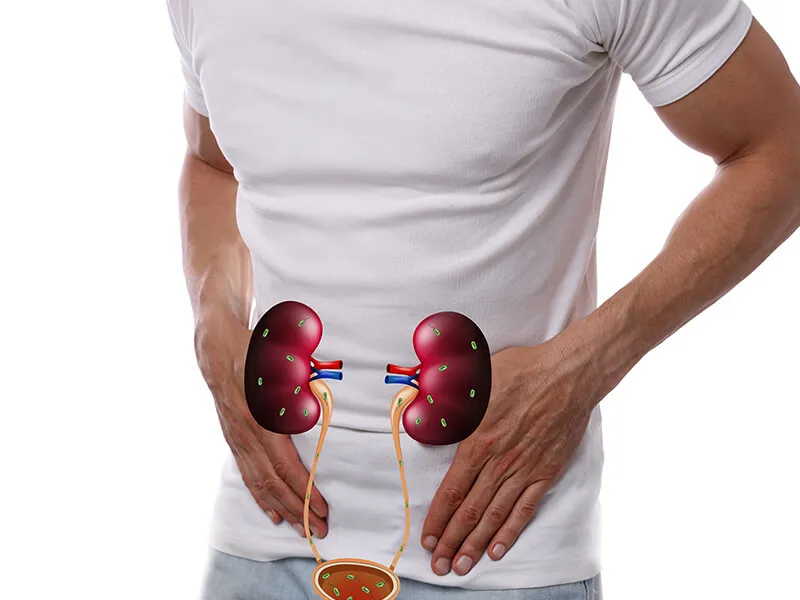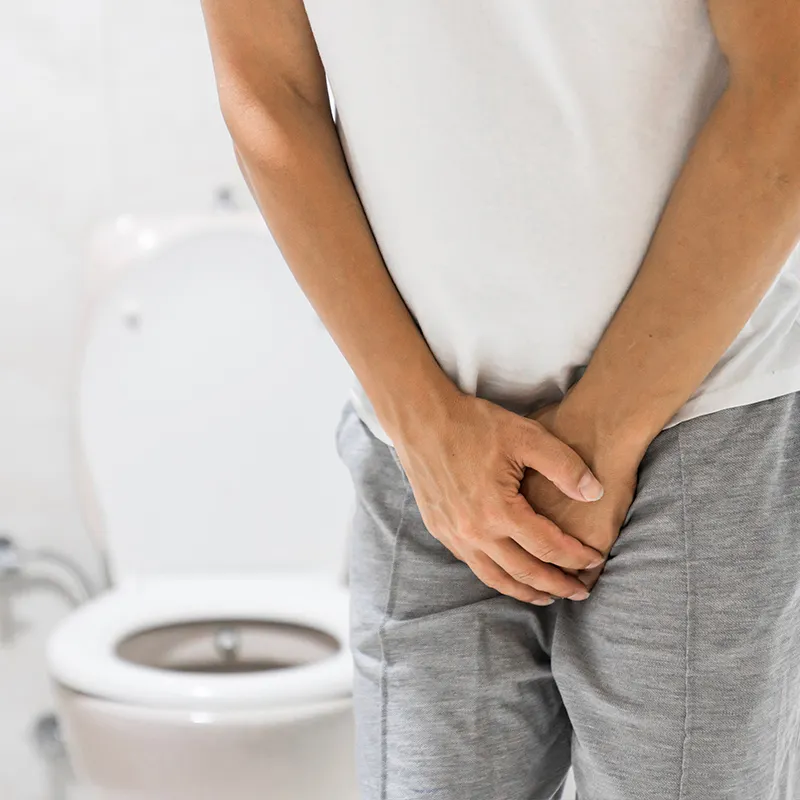The urinary bladder is a hollow, spherical organ responsible for storing urine. In general, it has a capacity to hold approximately 500-700 mL, which is equivalent to about two cups of urine. When the urge to urinate arises, the muscles in the bladder contract, while the sphincter muscles in the urethra relax. This coordinated action allows the urine to flow out of the body.
The bladder is a crucial component of the urinary system.
What Are the Basic Functions of Urinary Bladder?
The bladder holds urine, while the kidneys filter blood, removing substances like salt, water, toxins, and waste products, which are then expelled as urine. As the bladder fills, it expands like a balloon. Around 200-350 mL of urine prompts bladder nerves to signal the brain about the need to use the toilet. Emptying the bladder causes it to contract back to its normal size. On average, individuals release about 950-1,900 mL (approximately two quarts) of urine daily.
These bodily functions are integral components of the urinary system.
Conditions and Disorders
Common conditions that affect the bladder include:












